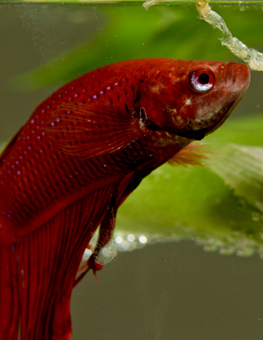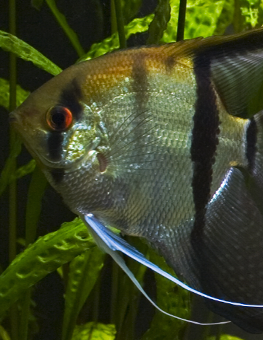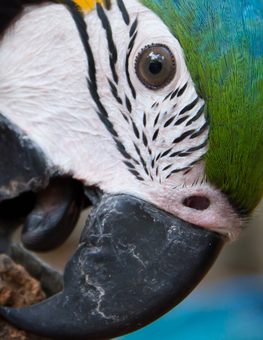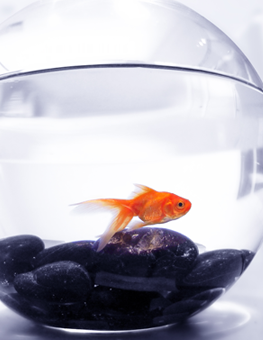How to Care for Aquatic Turtles
Aquatic turtles are great alternatives to cats and dogs as pets. Learn a few basics before choosing one.
Turtles are fascinating pets to own, but they are sensitive animals so it is important to learn how to care for them before getting one. Space, light, moisture and food are all important for survival. Understanding these aspects of your pet’s care will help your turtle live a long life.
The Turtle Tank
- You will need at least a 40 gallon tank to allow enough space. Three-fourths of the area should be water. The water should be as deep as the turtle is wide. Design a small area where he can lay under a heat lamp to get warm.
- Turtles grow. Make sure your space is suited to the size of the adult turtle you are adopting.
- Wooden boards or bricks make great land areas as they can be cleaned easily. Just make sure they stay dry and are sloped gently towards the water for easy access.
- Wood chips and bark can get moldy or grow fungus. Ingestion by your turtle can also cause problems so avoid using these materials.
- Shelter is a good idea. Find an appropriately-sized one at your local pet store or make one with some stones.
- If you put plants inside the tank, do a quick check to make sure they are compatible and that your turtle will not get sick if he decides to eat a few of the leaves. Real plants are nice but get eaten within days; unless you have a pond where you grow plants, think about using artificial (or a combination of real and artificial) for decoration.
- Do not use tap water for your tank, as tap water contains chlorine and possibly fluoride which can upset the pH balance of your system. De-chlorinated water needs to be used for the swimming area and filtered water for your turtle to drink.
- Adding a teaspoon of salt per gallon of water will reduce the level of "bad" bacteria and protect the turtles better from shell and skin diseases.
- Turtles can carry Salmonella. Wash your hands after handling them. Keep the water in the tanks fresh and remove waste promptly. Installation of a water filtration system should also help.
Heat and the Temperature
- Turtles need sunlight; approximately 12-14 hours a day for vitamin D3 so purchase a high quality UV lamp for your tank and set it up with an automatic timer. Optimal temperatures range between 71-86°F.
- Turtles take a long time to adjust to temperature changes. If you take him out of his tank to play with him, be sure the room is at relatively the same temperature as the tank. Sudden changes will cause stress and possibly harm his immune system.
Feeding Your Turtle
- You should feed your pet two to three times a week. Dietary requirements differ depending on the species, so do your research.
- Feeding your turtles outside the tank also reduces waste. Many turtles will eliminate shortly after eating. If you leave them in their feeding tub for a while after feeding, they will eliminate, and you get less waste in the tank. Not overfeeding will also keep the waste down.
Turtles have the potential to live very long lives so getting the basics right should give you an opportunity to develop a long-lived relationship with your pet.











